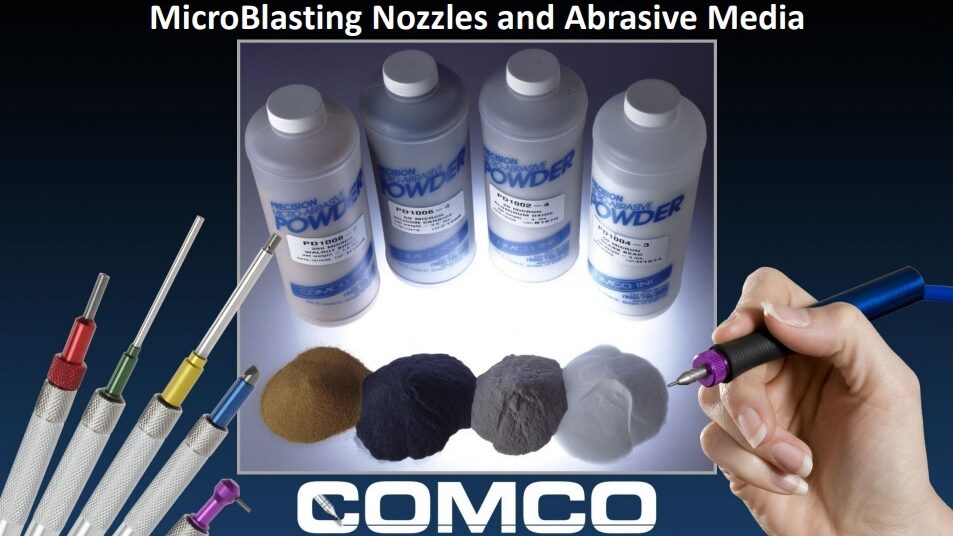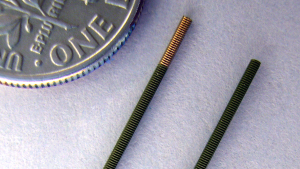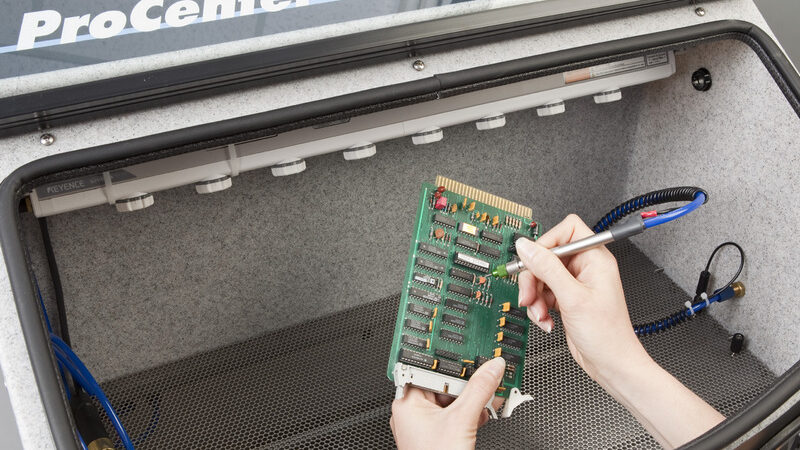
Conformal Coating Removal That is Precise, Safe and Cost-Effective
Conformal coating can be broadly classified as either plastic or resin material that is applied to electronic devices to provide protection from various forms of environmental contamination. The coating must be removed—either entirely or in specific areas—when a component fails, to expose a test point, or for reverse engineering.
How Microblasting Works
Unlike traditional sandblasting, MicroBlasting uses a very fine abrasive media mixed with compressed dry air. This mixture propels through a miniature nozzle designed to increase the stream’s velocity and give it a laser-beam focus. The combination of particle type and velocity allows Microblasting to quickly etch through conformal coating without damaging the solder mask or the components underneath.
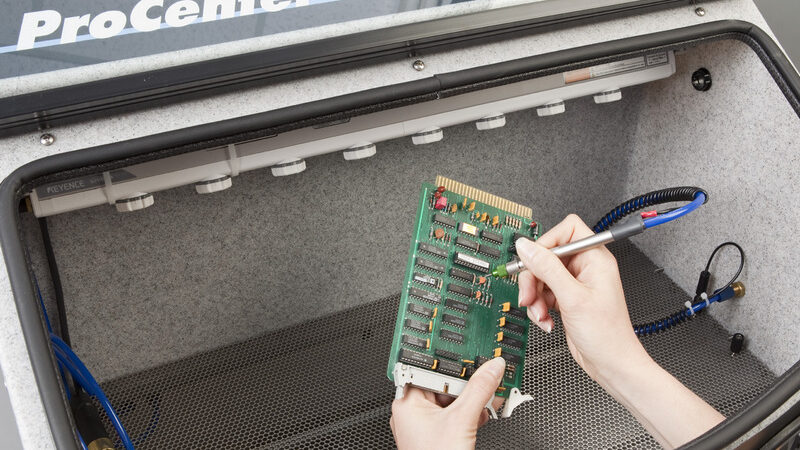
Finding the Right Abrasives for Your Coating
50
Walnut Shell
60
70
Walnut Shell
Wheat Starch
30
Plastic
50
Plastic
-

Wheat Starch
Wheat starch is the softest abrasive available for conformal coating removal applications. It has soft particles with shard-like edges, which make it excellent for abrading thin, pliable coatings like parylene and acrylic.
-

Plastic Media
Plastic media is a gentle abrasive and works well against the broadest range of coatings. It is the utility player of conformal coating removal abrasives. It quickly removes parylene and thick coatings. It is slightly harder than wheat starch, and its particles are smaller than walnut shell. Plastic media is treated to reduce electrostatic discharge.
-

Walnut Shell
If plastic media is not aggressive enough, try walnut shell. This is still one of our soft abrasives, so it is forgiving of operator error. But it features a slightly larger particle size with slightly sharper edges, which gives it greater cutting power.
-

Sodium Bicarbonate
If plastic media is not aggressive enough, try walnut shell. This is still one of our soft abrasives, so it is forgiving of operator error. But it features a slightly larger particle size with slightly sharper edges, which gives it greater cutting power.
Nozzle Selection
Conductive nozzles are recommended for conformal coating removal applications. A conductive nozzle eliminates any charge that could build in the abrasive hose. Conductive nozzles are part of our Hi/Performance line. Download our Microblasting Nozzles and Abrasive Media guide to the right to see our wide range of nozzles
A Complete MicroBlasting Solution
Any components that are sensitive to electrostatic discharge should be processed in the ProCenter Plus™ with ESD Control. This unit delivers maximum protection against an ESD event.
Features that Neutralize ESD
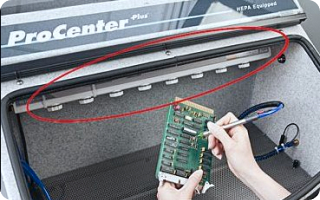
The Ionizer Bar
Floods the entire work chamber with ionized air to neutralize static build-up. Built-in sensors monitor the effectiveness of the ion flow and indicator lights alert the operator to any changes in operation.

Grounded Handpiece and Conductive Nozzle
Limits the potential for a charge to travel to the board from the abrasive hose. The conductive nozzle and handpiece provide a conduit for static, sending it straight to the grounding jacks instead of onto a PCB.
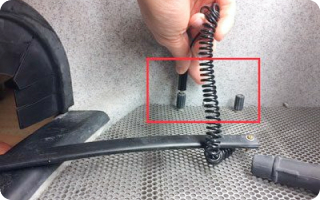
Grounding Jacks
Provide convenient connection points for a static control wrist strap, the edge grounding bar, the conductive handpiece, and the needle probe.
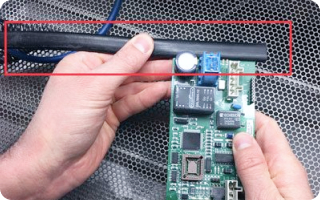
Edge Connector Grounding Bar
Grounds all edge pins on boards that have edge connectors. This bar is made of conductive rubber material and connects to a grounding jack on the floor of the ProCenter Plus.
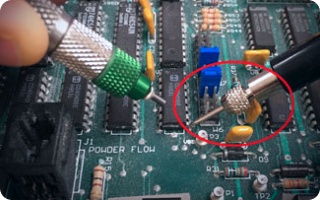
Needle Probe
Pierces through the coating and grounds a target trace when the defect is known to be an open trace with no conductive path to ground.
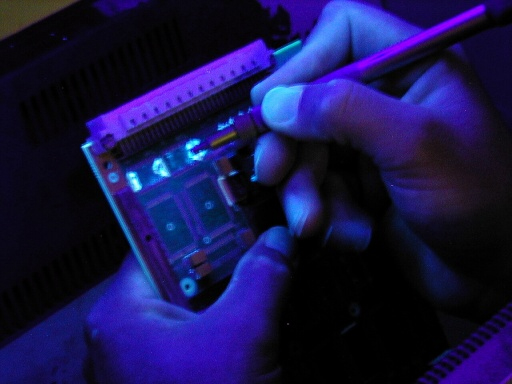
Blacklight
Installed for coatings that contain UV markers, clearly identifying where the coating has been removed on the board
Send us Your Sample Part
MicroBlasting’s benefits can be a bit of a mystery. Our applications engineers have the experience and complete test facilities to process your parts. If you think MicroBlasting may be appropriate for your application, our team would love the opportunity to help you out.
